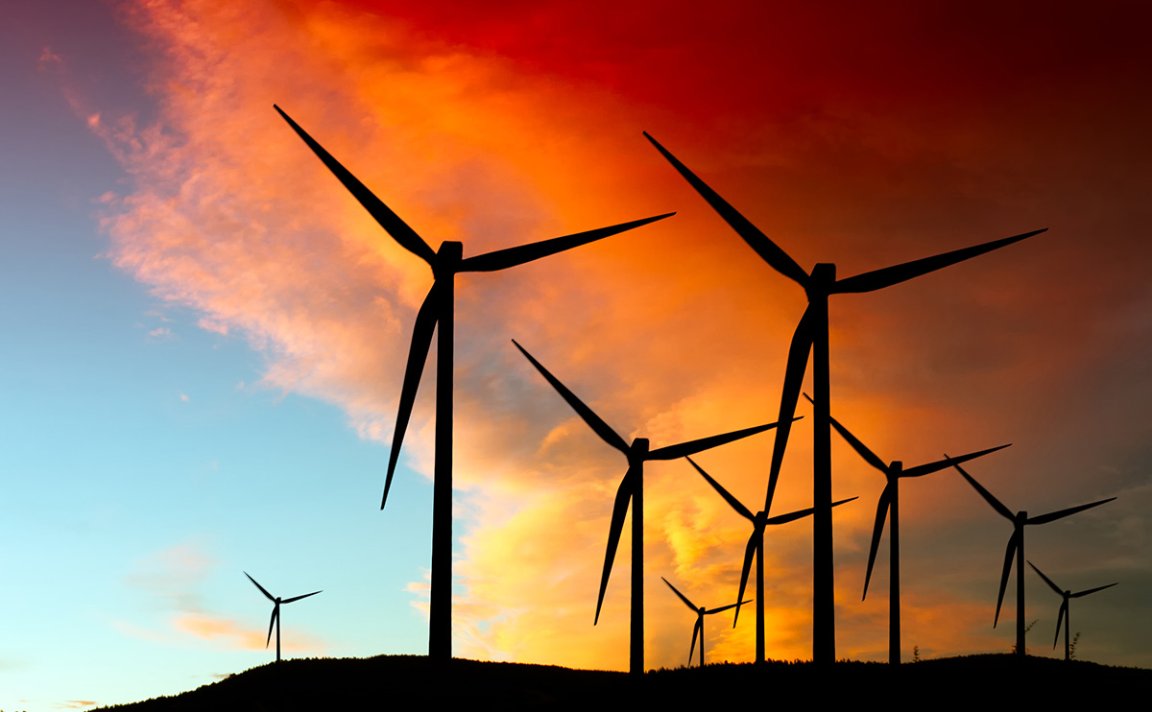
A Renewable Future
At 11 AM last Sunday, May 8, Germany ran on 95% renewable energy, breaking their previous record of 70-80% last year.
Germany is one of the more advanced manufacturing countries in the world, mainly utilizing solar and wind power to provide for their energy needs, which totals in at 57.8GW. Notably, as weather conditions were ideal that time, the country was able to run on 90% renewable energy. Here, the “ideal” is key.
Its solar power systems generated 26.11 GW, the wind power plants produced 20.83GW, and an additional 5.14GW from biomass power plants plus 2.75GW from hydropower; however, things would have been rather different if other weather conditions came into play (as the aforementioned 70-80% indicates).
Ultimately, Energiewende, Germany’s movement to transition from nuclear energy to renewable energy was rooted to a conservationist society against nuclear power and vows to show and use alternative energy supply.
The main plan to phase out nuclear energy and cut down carbon emissions has been successful, with plunging prices and a hike in renewable energy production. According to their website, Germany is getting more value from less energy, and their main purposes are to fight climate change, reduce energy imports, stimulate technology innovation and the green economy, reduce and eliminate the risks of nuclear power, energy security, and strengthen local economies and provide social justice.

Germany: Setting an Example
National Geographic says Germany is pioneering “an energy revolution that scientists say all nations must one day complete if a climate disaster is to be averted.”
Other countries in the world are also making the switch to renewable energy: Denmark generated 140% of its electricity with wind power last year, and Kauai Island in Hawaii went four consecutive days running uninterrupted for between 5 and 61 minutes on solar power alone, supporting 90% of its energy demands.
Moreover, Hawaii has written up a law requiring that their energy be 100% renewable by 2045 and California has set their law to hit 50% by 2030.